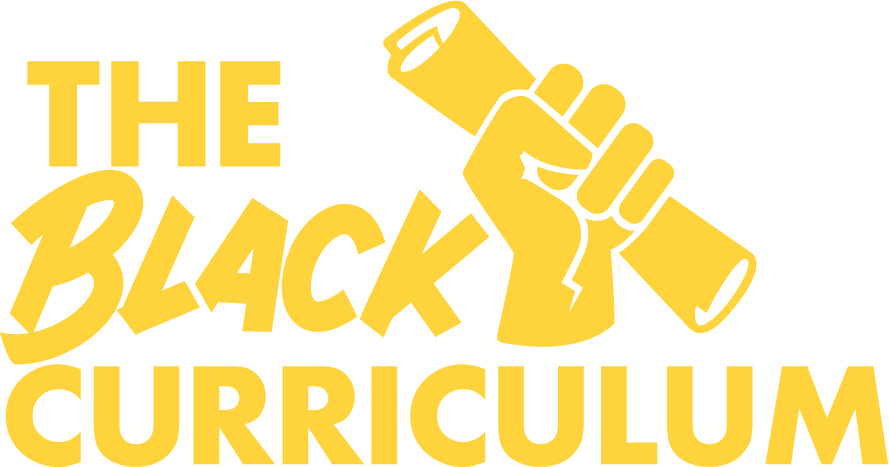Summer Activities: UK’s top places to learn Black British history
The Black Curriculum is committed to teaching Black British history all year round. We believe that by educating young people where history happened and honouring the great contributions that Black Britons have made to our vibrant and diverse society will provide them with a sense of belonging and identity.
Join in on some summer fun by downloading our map with plotted places where history happened, from the first public sculptures of Black Britons to powerful and moving displays about the transatlantic slave trade and its legacies. Enjoy a fun day out with your family and educate yourselves about the Black histories of places in the UK that celebrate the accomplishments of those associated with them.
North
The International Slavery Museum
The International Slavery Museum is the only museum in the world dedicated to the history of the transatlantic slave trade and its legacies - exploring Liverpool’s global significance. Learn about the impact of Africans and African descended people in the UK and how they shaped Britain here.
Plan your visit:https://www.liverpoolmuseums.org.uk/
Address: Museum of Liverpool, Pier Head, Liverpool, UK L3 1DG
A Tusk from Benin
Learn about the Tusk from Benin, which was part of the loot taken by British soldiers during the bloody 1897 punitive expedition, and have your say on whether you think the Tusk should be returned.
Online: https://www.museum.manchester.ac.uk/
Address: Oxford Road, Manchester, M13 9PL
Click here to download a list of more places you can visit in the North to learn about Black British history.
Midlands
Midlands Art Centre (MAC)
The Midlands Art Centre is currently showcasing two exhibitions: Maxine Walker's representation of Black womanhood and an exhibition by UK Black Female Photographers (UKBFTOG) which addresses diverse themes and ideas.
Online: https://macbirmingham.co.uk/
Address: Cannon Hill Park, Birmingham B12 9QH
Ikon Gallery
This exhibition is personal and heartfelt. It is research-based, reflecting on Black British experience and the phenomenon of Black Christianity – paradoxically, “the Christian church [being] a centre and focus from which many of our parents derived their strength”
Online: https://www.ikon-gallery.org/
Address:1 Oozells Square, Brindleyplace, Birmingham, B1 2HS
Click here to download a list of more places you can visit in the Midlands to learn about Black British history.
London
Black Plaque project
The Black Plaque Project commemorates notable men and women who have shaped Black British history. The plaques are located across London city and help us to remember each individual and their remarkable achievements.
Visit the website to find out the location of each plaque
Online: https://blackplaqueproject.com/
Black history walks
Black History Walks is a great way for you and your family to learn about Black history, it offers a variety of walks, tours, talks, educational courses, resources and film events all with the aim of educating people about Britain’s Black history.
https://blackhistorywalks.co.uk/
Click here to download a list of more places you can visit in London to learn about Black British history.
South
Bristol Museum and Art Gallery
The Bristol Museum is a great place to visit and learn about Black British history. You can learn about the first Black People in Bristol, when Bristol’s Black history first began, and many more important topics on Black British history.
Address: Queen's Road, Bristol, B88 1R4
Online: https://www.bristolmuseums.org.uk/
Tilbury Docks
The Tilbury Docks saw the beginning of a new chapter in London’s history. Discover the history of the Windrush. The ship that brought women and men from the Caribbean to England for a better life.
Tilbury Docks, Essex RM18 7LA
Click here to download a list of more places you can visit in the South to learn about Black British history.
